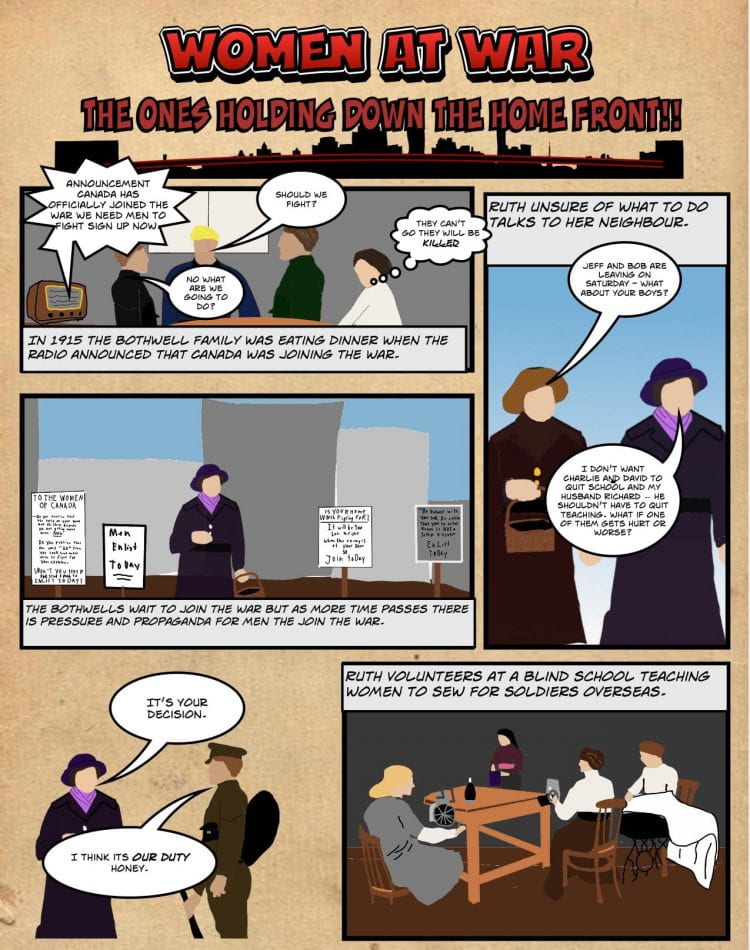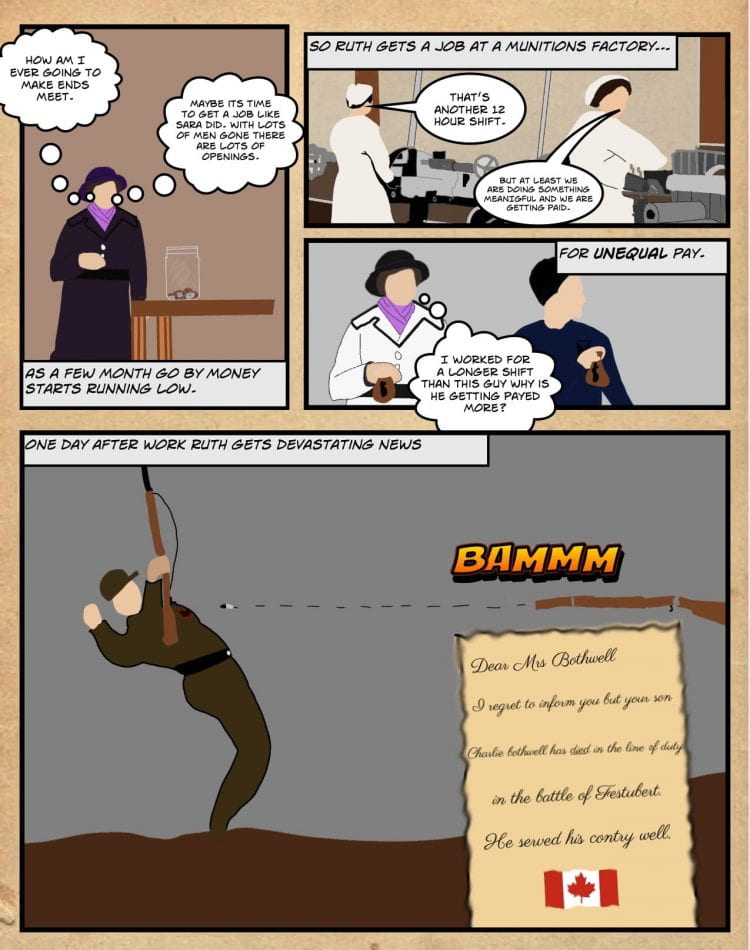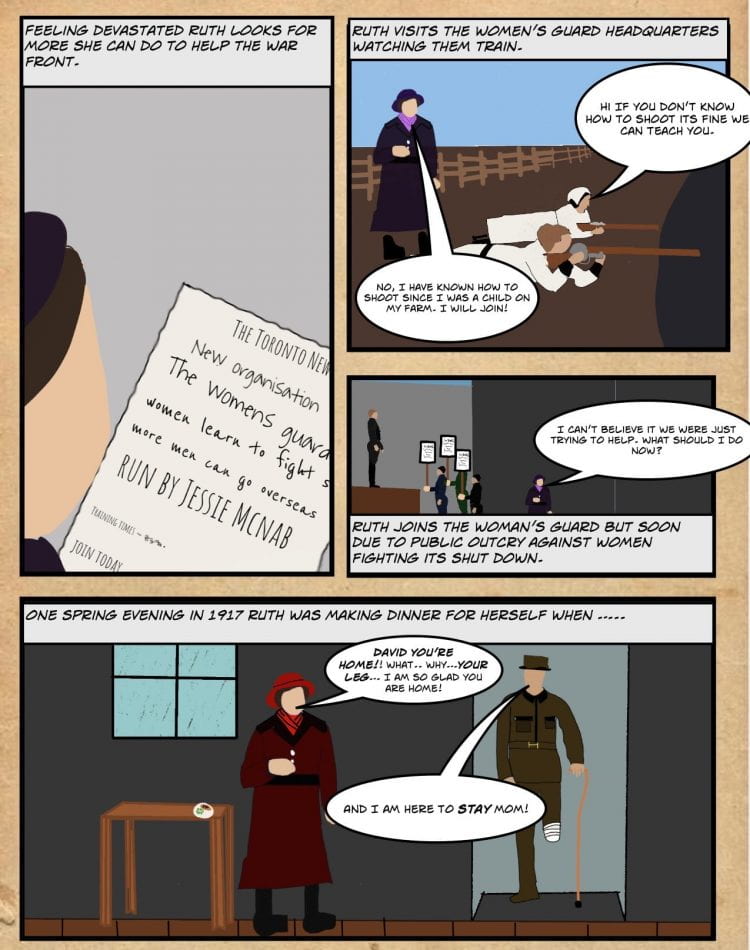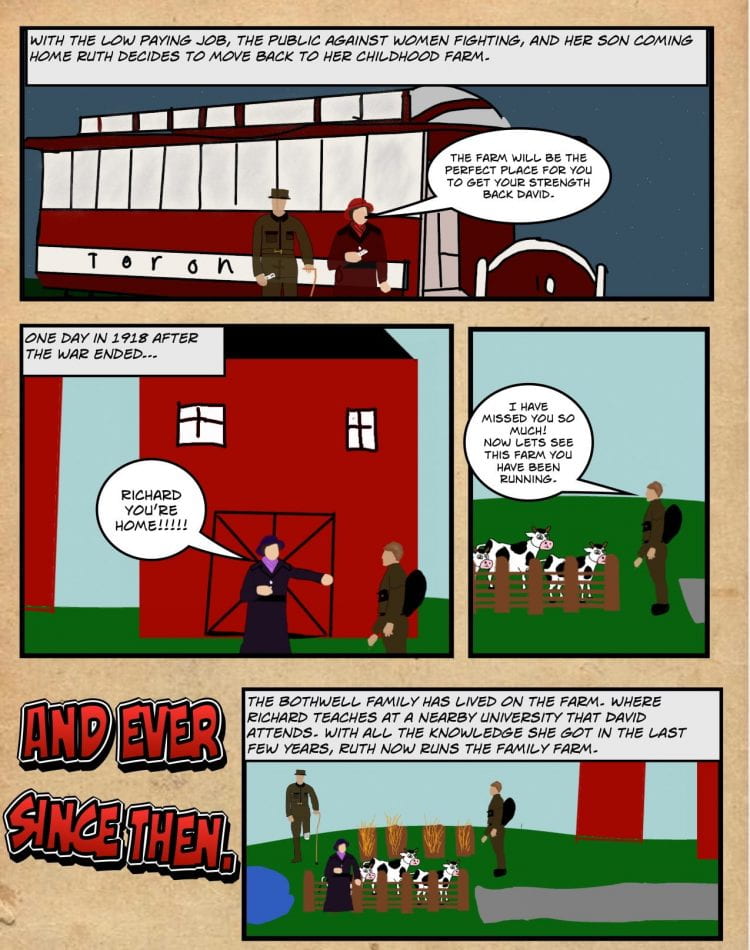How is the reproduction of cells essential to the survival of organisms? That was the driving question to my most recent scimatics project, Meiosis models. For this project, we cloned plants, learned how to use some laboratory equipment, researched asexual and sexual reproduction, made models, and presented all of our learning in a video.
At the beginning of this project we created a start mind map that showed all the previous learning we had on the subject of meiosis and mitosis; for me, that knowledge was a bare minimum. Because I did not have much knowledge I included a bunch of questions I wanted to answer through this project. Throughout all the workbooks, lab classes and videos we watched I learned more about this topic and as a result I could answer most of my mind map questions and create my end mind map. Both mind maps are included below and you can see where I saturated and where I am now.


Curricular Competencies:
Questioning and Predicting: demonstrate a sustained intellectual curiosity about a scientific topic about a scientific problem or topic of personal interest.
When I look back at this project I showed this competency through how well I managed my time in class. After getting instructions, I would go to LAC to work on my workbook and on the milestones, because the work space makes it easier for me to focus. I also made sure to ask Mr. Gross a few questions to clarify what I needed to include in the final product.
Planning and Conducting: collaboratively and individually plan, select, and use appropriate investigation methods including field work and lab experiments to collect reliable data.
 I showed this competency throughout the project starting with the cloning of the plant. Later we took the root of the plant, followed steps, and made slides we could see under the microscope. On my first three tries, I was not able to get clear photos that showed evidence of Mitosis in the cells. I communicated that problem to Mr. Gross and it seemed I was not the only person who needed better examples so the next class Mr. Gross brought in pre-made slides. With those slides, I took photos and then later identified each stage of mitosis of cells. This data was important for my final product.
I showed this competency throughout the project starting with the cloning of the plant. Later we took the root of the plant, followed steps, and made slides we could see under the microscope. On my first three tries, I was not able to get clear photos that showed evidence of Mitosis in the cells. I communicated that problem to Mr. Gross and it seemed I was not the only person who needed better examples so the next class Mr. Gross brought in pre-made slides. With those slides, I took photos and then later identified each stage of mitosis of cells. This data was important for my final product.
Scientific Communication: formulate physical or mental theoretical models to describe a phenomenon.
This competency was very clearly shown with my final product which was a video with voice narration and communicated my knowledge of Meiosis and Mitosis. In this video, I clearly stated many of the reasons and the process of Meiosis and mitosis through the photographs and through the 3D tinkercad models that I had made earlier in the project. The 3D models which showed all the stages of Meiosis and Mitosis and was the most difficult part of the project for me because it was very time consuming due to all the different stages needed to be shown. I also displayed my knowledge about the similarities and differences of Meiosis and Mitosis, which I had done extra research on, towards the end of my video.
I really enjoyed many aspects of this project especially the use of lab equipment such as the microscope to look at the cells. I had never really done anything like that before and it was a good learning experience.
 The third skill introduced us to planning and shooting. We learned about writing a treatment, a logline, followed by a storyboard. For this skill we created a tutorial which we did as a group using an new iMovie feature. Before we started filming, we created and filled out a storyboard to grow in our planning skills and to make sure we included everything we needed to for the instructions to make sense. My team created a tutorial on how to use a vending machine which in the end turned out quite funny.
The third skill introduced us to planning and shooting. We learned about writing a treatment, a logline, followed by a storyboard. For this skill we created a tutorial which we did as a group using an new iMovie feature. Before we started filming, we created and filled out a storyboard to grow in our planning skills and to make sure we included everything we needed to for the instructions to make sense. My team created a tutorial on how to use a vending machine which in the end turned out quite funny.



 For this topic I needed to research, use at least two sources, create a 5 W page, storyline and story board before I could even start the graphic novel. My topic was more challenging then I thought because I could not find exact dates and events of women here at Canada because most people were paying attention to the War and not as much as to what was happening here in Canada. Another challenge for me was creating the images for the graphic novel. Because there were not many photographs in my sources, there were not many to trace to then use for the graphic novel. I also found it very hard to actually to draw. However, when I look at my final product, I believe I was able to communicate what I wanted to say.
For this topic I needed to research, use at least two sources, create a 5 W page, storyline and story board before I could even start the graphic novel. My topic was more challenging then I thought because I could not find exact dates and events of women here at Canada because most people were paying attention to the War and not as much as to what was happening here in Canada. Another challenge for me was creating the images for the graphic novel. Because there were not many photographs in my sources, there were not many to trace to then use for the graphic novel. I also found it very hard to actually to draw. However, when I look at my final product, I believe I was able to communicate what I wanted to say. With a focus on the communicating core competency, I chose to represent my learning of habits 5 and 6 in a visual way. I decided to create a photo Collage of group projects. This visual display demonstrates my growth in collaboration skills. We have had a variety of projects that require working in a group such as DI, Revolutions on trial, metaphor machines. Seeing all these photos showcases all the skills I have to use when I work in a group.
With a focus on the communicating core competency, I chose to represent my learning of habits 5 and 6 in a visual way. I decided to create a photo Collage of group projects. This visual display demonstrates my growth in collaboration skills. We have had a variety of projects that require working in a group such as DI, Revolutions on trial, metaphor machines. Seeing all these photos showcases all the skills I have to use when I work in a group. connect to Habits 4 and 7 in a kinesthetic way. Since building relaxes me and allows me to show my creativity, I decided to make a fort. I like to be in comfortable places and forget the world around me. I also love being with my family/friends and decided that building with my friend Maya would be something we both enjoy and a way for me to recharge.
connect to Habits 4 and 7 in a kinesthetic way. Since building relaxes me and allows me to show my creativity, I decided to make a fort. I like to be in comfortable places and forget the world around me. I also love being with my family/friends and decided that building with my friend Maya would be something we both enjoy and a way for me to recharge.